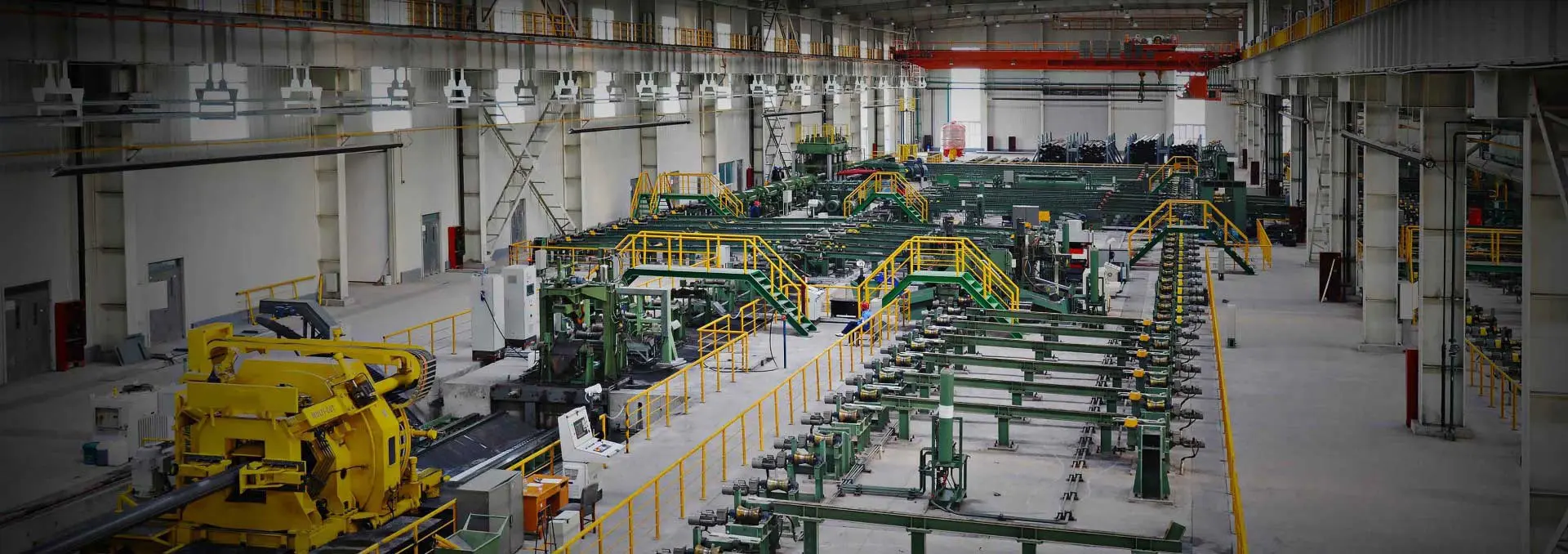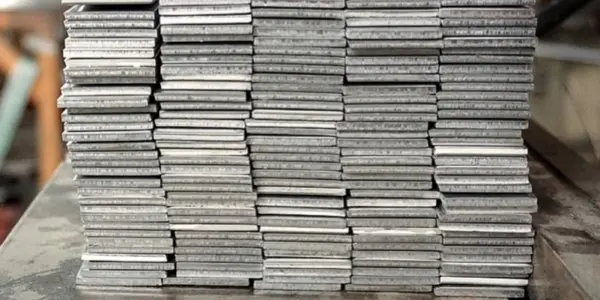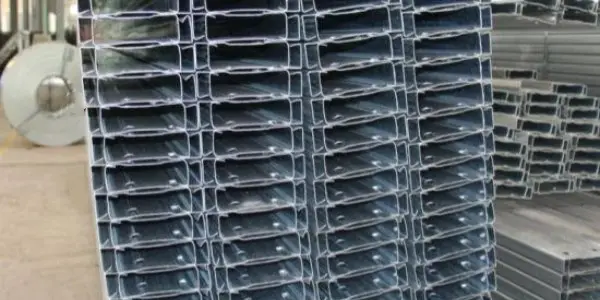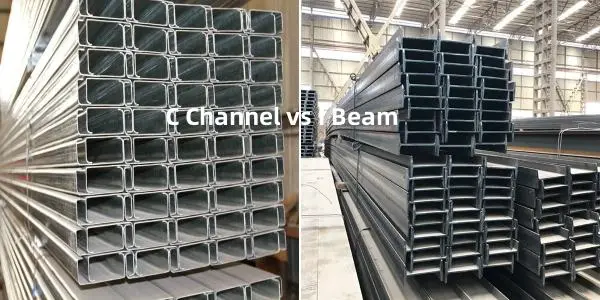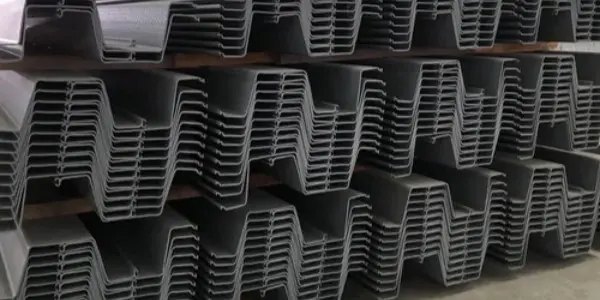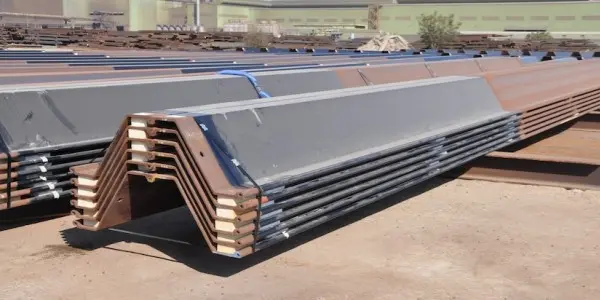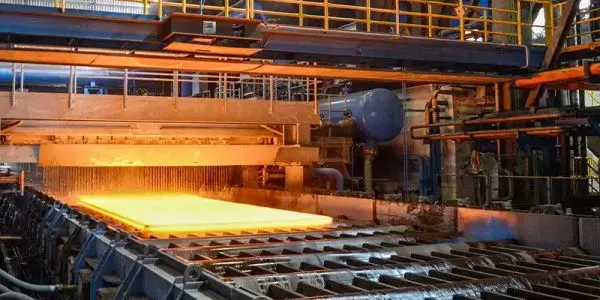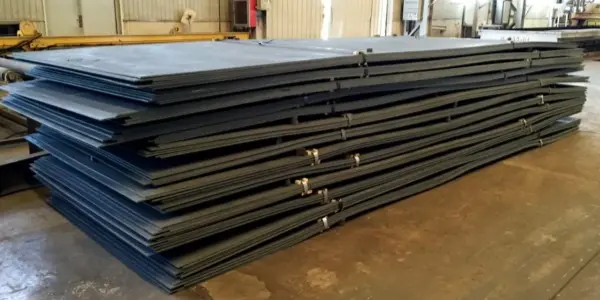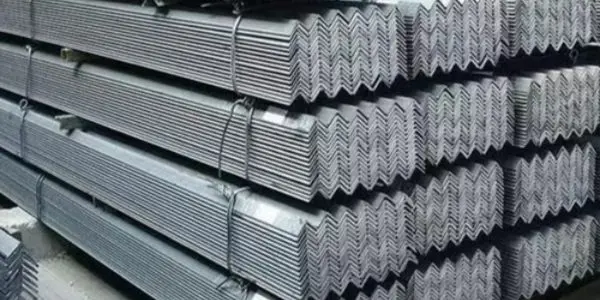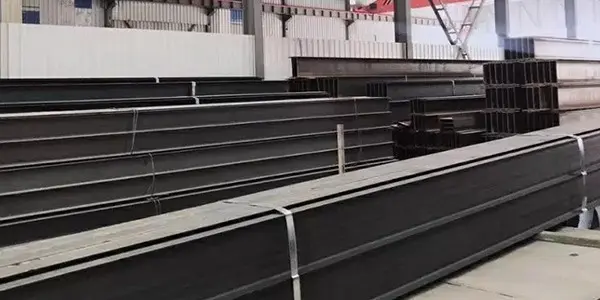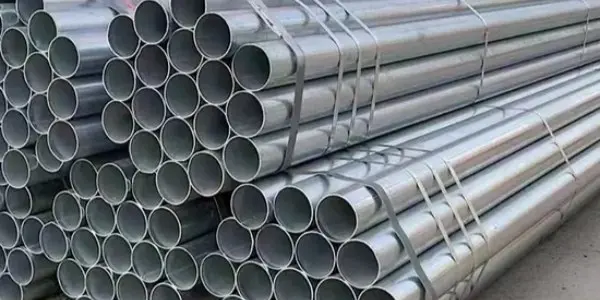-
Eight primary uses for flat bars
Flat bars are long, rectangular metal bars widely used across various structural and architectural applications. Their cost-effectiveness, recyclability, and versatility make them essential building materials. Due to their low carbon content and functional strength, flat bars play a crucial role in construction and industrial projects. Available in materials such as aluminum, stainless steel, and hot-rolled steel, they can be easily cut and shaped to fit specific design requirements. This article highlights eight primary applications of flat bars.
Read More
-
American standard steel c channel sizes
Understanding American standard steel C channel sizes is essential for selecting the right material for your application, whether you're designing a building framework, constructing support beams, or fabricating industrial equipment. In this guide, we'll explore the standard dimensions to help you make informed decisions for your project.
Read More
-
C channel vs i beam
C channel and I beam are both widely used in construction projects. So which is better for structural applications? Read on to learn more.
Read More
-
What is the difference between hot rolled and cold rolled steel sheet piles?
The main differences between hot-rolled and cold-rolled steel sheet piles lie in their manufacturing process, structural strength, interlock quality, and cost. Here’s a detailed comparison.
Read More
-
Standard length and type of steel sheet pile
Steel sheet piles are widely used in foundation construction, port engineering, riverbank protection, and other infrastructure projects due to their excellent load-bearing capacity and soil-retaining properties. However, selecting the right steel sheet pile requires careful consideration of standard lengths and types, as different conditions demand different specifications. So, what are the common standard lengths of steel sheet piles? What are the key differences between various types? This article will guide you through the essential details to help you make an informed choice.
Read More
-
Manufacturing process of carbon steel plates
Carbon steel plates are fundamental materials in various industries, playing a crucial role in construction, machinery manufacturing, and beyond. This article will briefly introduce manufacturing process of carbon steel plates.
Read More
-
How to store carbon steel plates?
Proper storage of carbon steel plates is crucial to maintaining their quality, preventing corrosion, and ensuring long-term usability. By implementing effective environmental controls, surface protection, stacking methods, and regular maintenance, you can significantly extend the lifespan of your carbon steel plates. Here’s how to store them correctly.
Read More
-
How to prevent angle steel from rusting?
As a type of carbon structural steel, its main component is iron, which reacts with oxygen and moisture in the air to form rust (iron oxide). This oxidation process occurs naturally and can be influenced by environmental conditions. In humid, high-temperature, or chemically corrosive environments, angle steel can start rusting within days. In contrast, in dry and well-maintained conditions, rust formation can take months or even years.
Read More
-
How to prevent H-beam from rusting?
H-beams are widely used in construction and engineering due to their high strength and durability. However, like all steel structures, they are susceptible to rust when exposed to moisture, air, and corrosive environments. Rust not only affects the appearance of H-beams but also weakens their structural integrity, potentially leading to safety hazards and increased maintenance costs. Understanding the causes of rust and implementing effective prevention measures can help extend the lifespan of H-beams and maintain their performance.
Read More
-
Advantages and disadvantages of carbon steel galvanized pipes
Carbon steel galvanized pipes have gained significant attention in pipeline engineering due to their excellent corrosion resistance and cost-effectiveness. These pipes are manufactured by applying a protective zinc coating (either through hot-dip galvanization or electroplating) to carbon steel, making them widely used in construction, water supply, fire protection, and gas distribution. While their primary advantage lies in enhanced corrosion resistance, they also come with certain limitations. Below is a detailed analysis of their benefits and drawbacks.
Read More

 English
English Español
Español




 Tel : +86-18565811709
Tel : +86-18565811709 Email :
Email : 